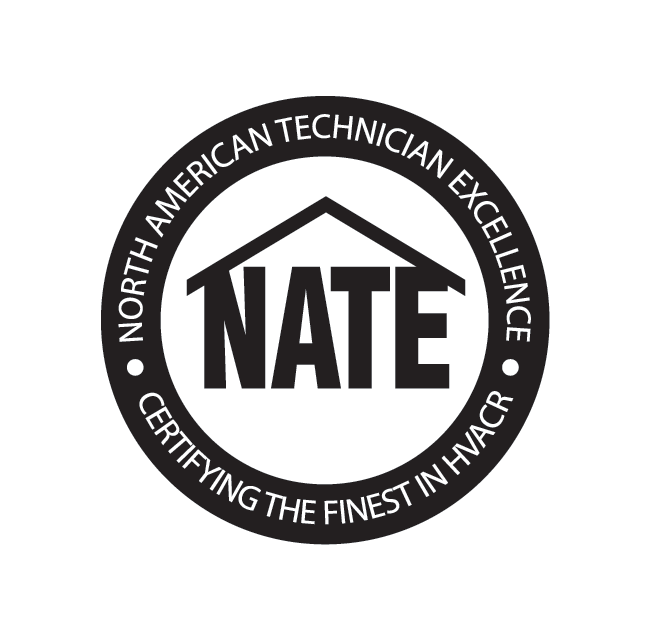The colder months are typically the time when indoor air quality is at its worst. This is partly due to the fact that most people never open their windows in the winter, which can quickly lead to the air becoming quite stale and the concentration of many airborne allergens and pollutants increasing. That being said, low humidity is also another factor that can lead to air quality issues, and today we’re going to discuss how a whole-home humidifier can help in this regard.
How Moisture Impacts Air Quality
If you’re like most people, you probably don’t think that dry air has all that much of an effect on indoor air quality. This is partly true as excessive humidity will lead to far more air quality issues than dry air since mold and bacteria thrive in warm, moist conditions.
Nonetheless, low indoor humidity can make it more difficult to breathe and also worsen any allergies and sinus or respiratory problems, and this is precisely why many doctors recommend using a humidifier whenever you have a cold, the flu, or any other respiratory illness. Studies have also shown that your immune system is often more susceptible to bacteria and viruses in extremely dry air than it is in more humid conditions.
These factors are why a whole-home humidifier can be such a great help during the colder months when your heating is running, and the air inside your home is always much drier. However, the same unit could also worsen your air quality if not used correctly. If the unit were to run too long and the humidity level in your home to rise too high, it creates the potential for condensation to form in your ductwork and elsewhere in the building and potentially lead to mold growth.
Whole-home humidifiers also need to be cleaned and maintained every year to ensure that mold and bacteria don’t start to grow inside the unit. Whenever spring comes, and the weather is warmer and more humid, you will want to shut your humidifier off and then have an HVAC technician clean and maintain the unit so that it is ready to go next winter.
How a Humidistat Ensures Your Home Never Gets Too Humid
Indoor air quality will always be much improved if your home’s humidity level stays somewhere between 40 and 60%. If it ever rises much above 60%, then there is an increased risk of condensation, leading to both mold growth and potential water damage. In order to control your home’s humidity and prevent it from ever getting too high, whole-home humidifiers usually use something known as a humidistat. As the name suggests, a humidistat is similar to a thermostat except that it measures humidity level instead of temperature.
Depending on the specific model and type of humidifier, the humidistat may be mounted near the humidifier or centrally located near your thermostat. In either case, it will monitor the humidity level so it can signal when the humidifier needs to run and shut off. Most humidistats allow you to program your desired humidity level. If your home’s humidity is below what the humidistat is programmed to, then the humidifier will run whenever your heating system is running.
In most cases, it will also shut off as soon as your heating does. This is because most humidifiers are installed inside of your ductwork so that the HVAC blower circulates moist air throughout the building when your heating is running. However, the humidistat can also signal the humidifier to turn off even when your heating is still running if it measures that the humidity level has reached the programmed setting.
On warmer days when you may not need much heat, but your air is still dry, you can also set it so that the humidifier will run independently of your furnace. In this case, you will need to turn the fan setting on your thermostat to “On” instead of “Auto” so that the fan will always continue to run and circulate the moist air from the humidifier throughout your home. However, it is important to be aware that this will have an effect on your home’s temperature since the air being circulated by the blower will be cooler.
Hudson’s Indoor Air Quality and HVAC Experts
If you’re concerned about low indoor humidity or any other air quality issues, Bernard Heating & Cooling is here to help. We install and service a range of indoor air quality units, including humidifiers, air purifiers, and HVAC UV lights, and we also specialize in installing, maintaining, and repairing all types of heating and cooling systems. For more information on humidifiers or any of our other services, give us a call today.



